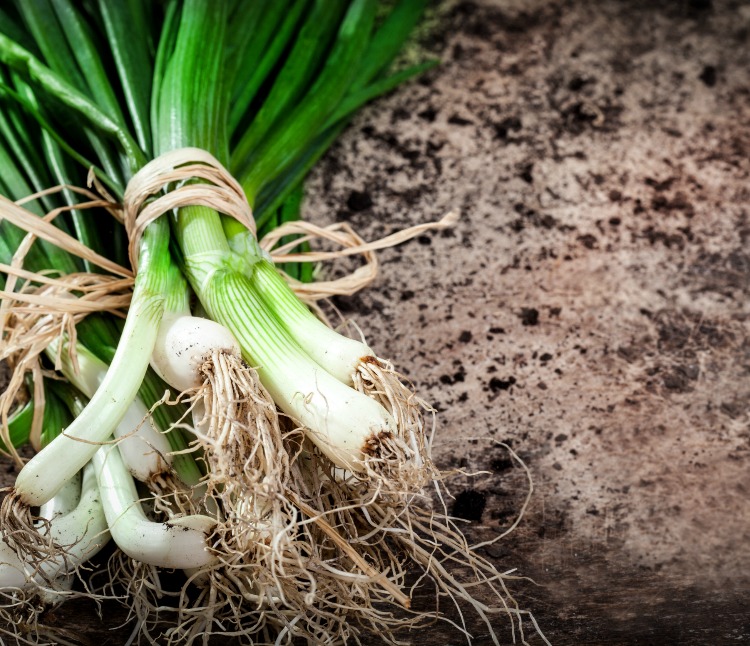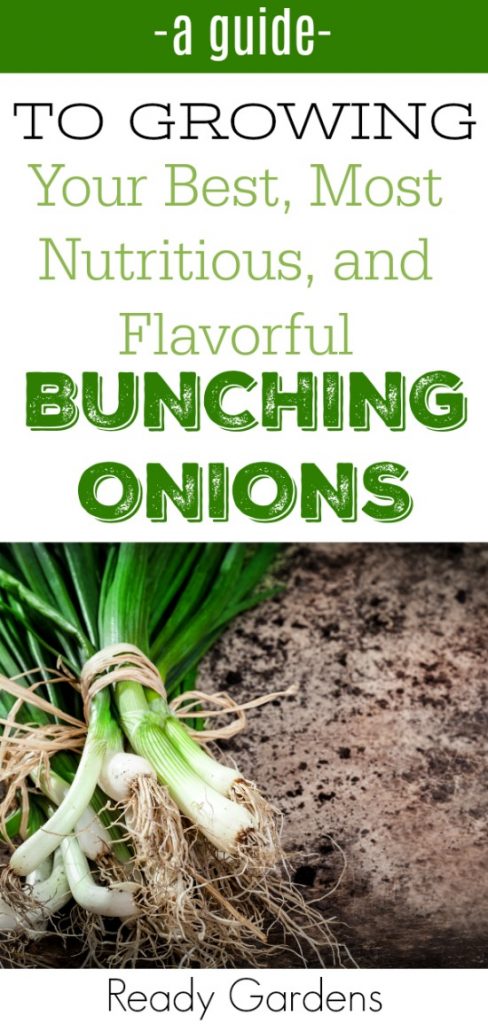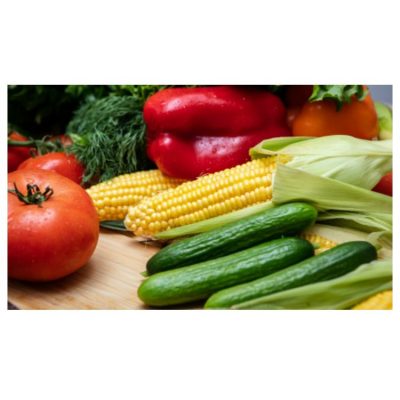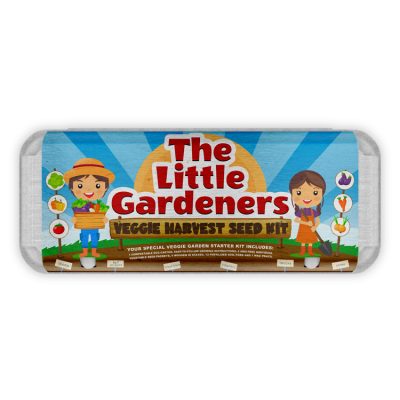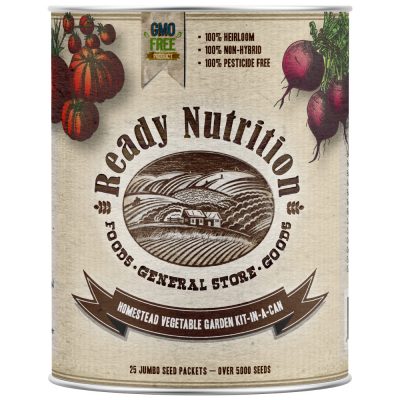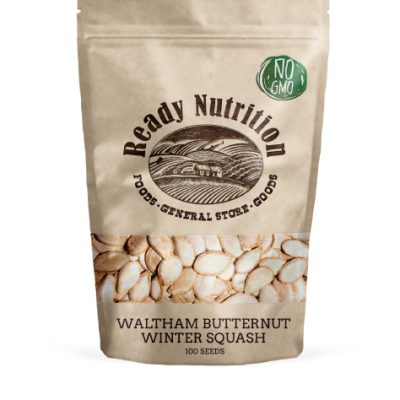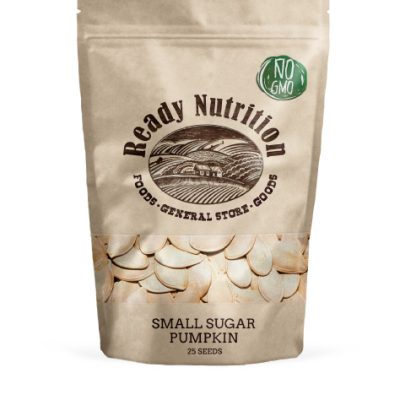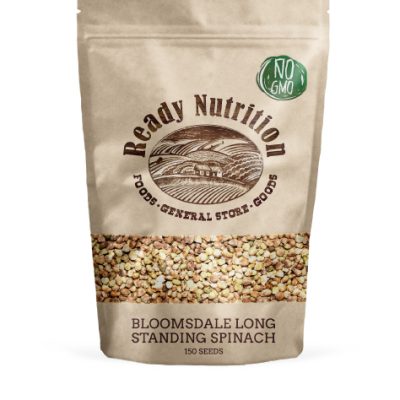Bunching Onions are one of the easiest seeds to start and can be planted in succession for year-round harvest. Here are some great growing tips to get started!
Bunching onions are also known to some as “green onions” or scallions. Their closest relatives include garlic, shallot, leek, chive, and Chinese onion. With a slightly milder flavor than the traditional white onion, these little vegetables are a great addition to a salad or an excellent topper for soups during those cooler months. And with the crisp weather of fall right around the corner, maybe now is a good time to consider growing a crop of these delicious vegetables, which also pack a nutritious punch!
Bunching onions are not only low in saturated fats and cholesterol, they also are a good source of Thiamin, Vitamin B6, Folate, Magnesium, Phosphorus, and zinc. That makes them a disease-fighting and immune system boosting powerhouse! Bunching onions are also a superfood if you are looking to drop a few pounds. They contain a good chunk of fiber, which will provide you with up to 10 percent of your daily fiber needs for just 32 calories. Fiber can help promote weight loss by keeping you feeling full and reducing hunger.
PLANTING
In cold-winter areas, you should consider planting bunching onions in the spring once the soil reaches 50º Fahrenheit. However, if you live in a more mild area, you can plant them in fall or winter and still get a great harvest! They will also grow well in a pot indoors, so if you can only find starts or seeds, don’t worry too much.
- Raised beds are ideal for onions of any kind. Onions are good for intercropping with other garden plants, especially early-maturing spring greens.
- Plant bunching onion seeds close together. Plant seeds ¼ inch deep, ½ inch apart, and in rows 12 to 18 inches apart.
- Green onions grow the best in a very rich soil, so choose a potting soil that has been enriched with compost or mix in your own compost with standard potting soil. Optimum soil pH is 6.2 to 6.8.
- As the bunching onions grow to seedlings, thin your onions to about 3 – 4 inches apart. Use three-inch spacing if you desire smaller bulbs and a larger yield. Use a four-inch spacing if you would like larger bulbs but a smaller yield. *Consider tossing the thinnings on a salad so they won’t go to waste!
- Onions have shallow root systems and need consistent moisture and good weed control. Water weekly if the weather is dry, and mulch to retain moisture and suppress any weeds.
*Helpful Hint: Do not plant where other onion family crops have been grown in the past 3 years.
HARVESTING/STORING
- Harvest scallions, or green onions, when the tops are about 6 inches tall. The younger they are the milder their flavor will be! That’s why when thinning, consider using the plants removed in food to add a mild flavor that will take your dish to the next level!
- Loosen up the soil around each bulb and pull or dig it up carefully. Avoid damaging the bunching onions. Once damaged, they will rot quickly.
- Spread the bulbs (with the tops intact) on a flat surface above the ground and leave them until the skins are dry and the tops have withered completely. This process will take about 2 to 10 days outside, and roughly two weeks indoors in a well-ventilated area.
- Cut off the tops, leaving about an inch of stem, and store the bulbs in mesh bags in a place that’s cool (35 to 40 degrees F), dry and well-ventilated.
*Check your stash of bunching onions frequently! If they have sprouted, you should use them right away!
TROUBLESHOOTING
Bunching onions are quite often problem free, but there are a few issues that you could run into when trying to grow these delicious vegetables.
Plants produce many leaves but no bulbs: The planting time was likely incorrect or the temperatures are too warm. Bulbing onion must be exposed to temperatures of 32° to 50°F for 1 to 2 months before planting to induce bulb formation.
Plants are stunted: There is likely a group of worms boring into roots. Wireworms are the soil-dwelling larvae of click beetles; they look like wire, jointed worms. Check the soil before planting the onions. Flood the soil if wireworms are present and remove all infested plants and the surrounding soil. Keep the garden clean and free of plant debris.
BONUS FUN!
Since bunching onions are easy to grow, why not have some fun with the kids and consider growing some indoors in a jar? Not only will this help the children learn about how plants grow and where their food comes from, it will be a fun family project that can be done together!
The only thing you’ll need is to save one (or a few) of the bulbs from a bunching onion after using the greens. Save the white part with roots after using the greens. Put the bulbs root-down in any clean glass jar. Just make sure the glass is clear, and not tinted so that the sun’s rays can easily reach the onions inside and your children can watch it grow. Put in as many green onion bulbs as you’d like, just make sure the roots are facing down, so that the greens can grow up and out of the jar.
Pour in enough water to cover the bulbs entirely and set the jar in a sunny window. Now you just wait for the growing to begin! Within a few days, you should see the roots starting to get longer. Soon after, you’ll notice greens begin to shoot out the top of the bulb. Keep enough water in the jar to cover the bulb and eventually, you’ll have greens again!
Once the green shoots are 4 to 6 inches long, they’re ready to harvest. Remove a green onion from the jar and chop off as much as you want. If you just need a handful of chopped scallion, you can return the bulb and roots to the jar to continue growing. You should be able to harvest the same onions two to three times before they stop growing.

